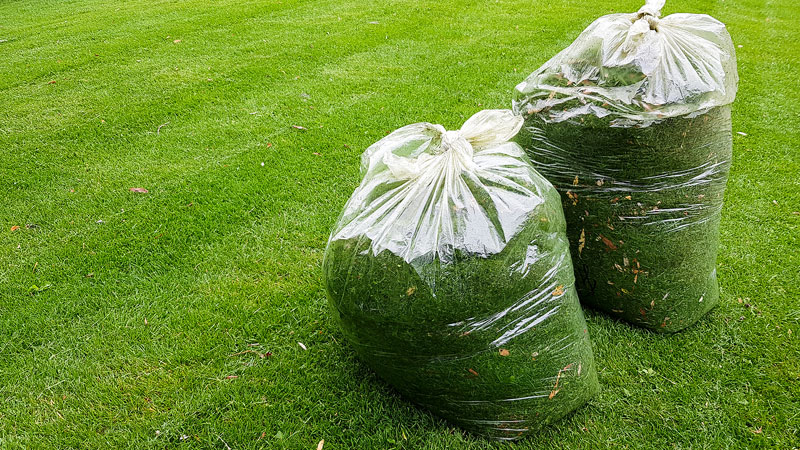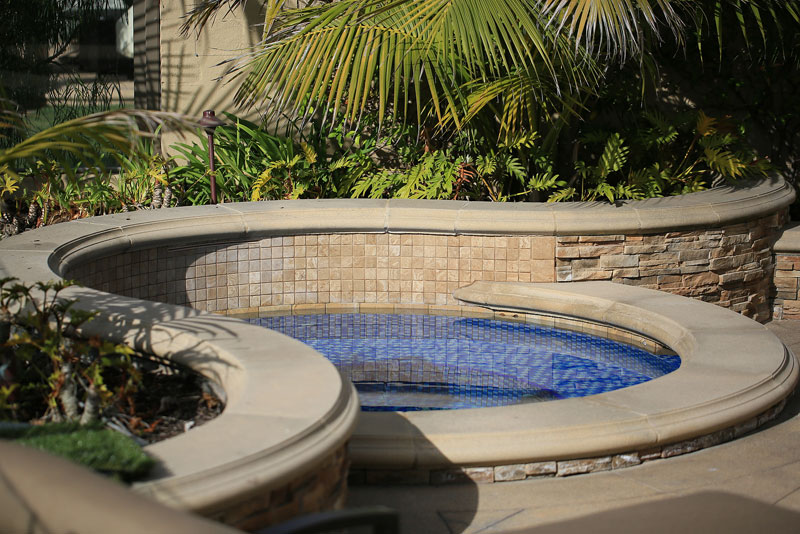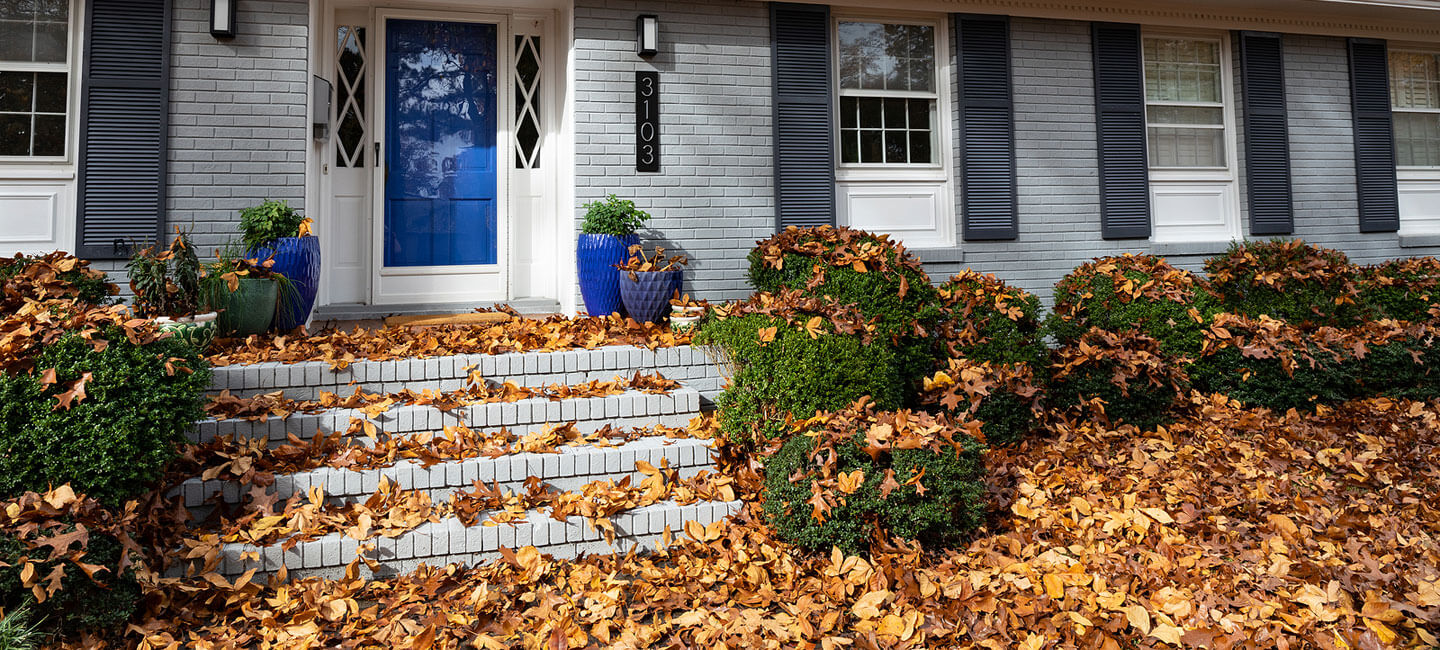[wpdreams_ajaxsearchlite]
Having a lawn in your home means learning how to keep it healthy, lush, and green throughout the year. Over time, your soil can get acidic, or it has always been acidic. This is not good if you want to grow a healthy lawn. If you live in places where rain often happens, water can wash out nutrients, making it hard to store. Applying limestone is the solution to help your lawn recover from nutrients being washed out due to acidity and repair of other damages.
Limestone is distinguished as a soil amendment, which means it is a substance that can help improve your lawn’s health. It contains magnesium carbonate that helps increase the soil’s pH level, making it alkaline and eliminating acidity.

Garant EXFLR24 Pro Series 24-Steel Tine Springback Lawn Rake
Recommended Readings:
The Environmental Benefits Of Having Real Grass Installed At Homes
Get The Perfect Home Lawn With Sodding
When to Apply Limestone
There are a lot of signs if your lawn needs limestone. Here are some of them:
- You have clay or sandy soil, which means the soil is acidic.
- Weeds and moss have grown.
- The ground is too acidic when the fertilizer you use doesn’t work.
- Rain or acid rain can wash out nutrients from the ground, making it acidic.
- Visually, you will know your soil is acidic when your grass is yellowing.
- When you recently experienced drought, other lawns have a hard time recovering. The acidity of the land is one of the main reasons.
- You can use a soil test to know if your soil is already acidic. If it reveals that the pH level of your lawn is below 6.2, it’s acidic.

Take Note
We suggest that lawn owners get your soil tested to provide an accurate result of your soil’s pH level and the type of soil it is. The desirable level of pH should be from 6.2-7.0. Moreover, the best time to test your soil is during the spring, while it’s best to apply lime is during fall and early spring. Many lawn owners would apply limestone just right after the first frost fall, so the soil has the whole winter to absorb it. However, it is not recommended to spread lime during frosty weather. Refrain from spreading limestone when the soil is dry and wilted or wet and soggy.
Jocelyn’s Soil Booster Worm Manure (Castings) 800g – Probiotics for Your Garden
How to Apply The Material
Once you know your soil’s pH level and the type of soil you have, it is time to lime it. Before starting, it is good to aerate your lawn first to ensure the lime reaches deep into the soil for excellent results.
There are many different types of limes in the market. Pick one that suits your soil type well; however, many gardeners get pelletized limes rather than powder. This is because pelletized limes are less likely to be blown by the wind than powdered ones-and it stays once it reaches the ground.
After picking one of your choices, you can either do drop-style or rotary spreader. The rotary spreader is the best way to apply the limestone. You can first use half of the recommended lime by walking horizontally back and forth across your lawn. Apply the other half by walking vertically. Make sure to water your yard lightly after the treatment to absorb the lime.
Soil Doctor Pelletized Calcitic Limestone
My Landscapers has been doing sod installation throughout Toronto, Markham, Vaughan & Richmond Hill. Our professionals best materials and tools to help your lawn look lush, healthy & green. Request your FREE, no-obligation, detailed estimate today, and one of our landscaping experts will contact you.



